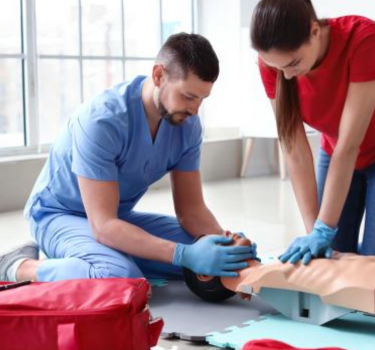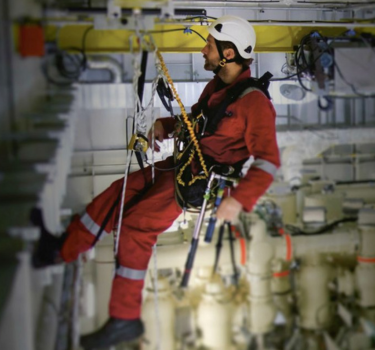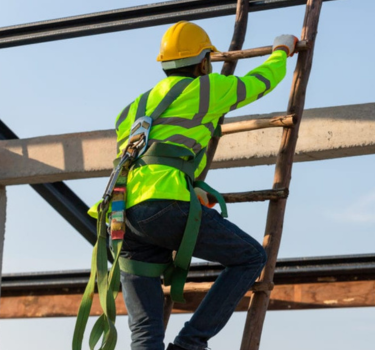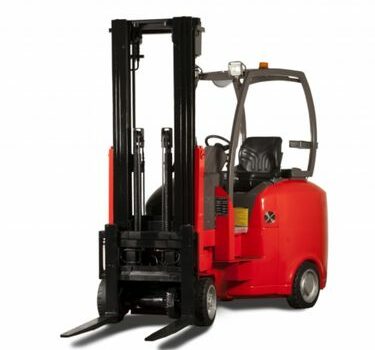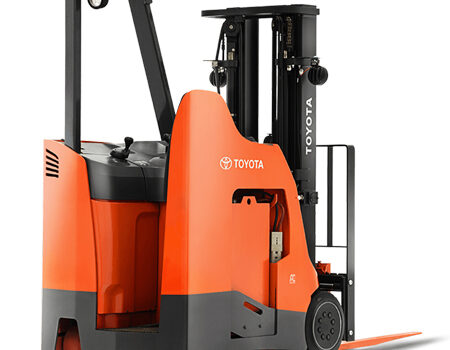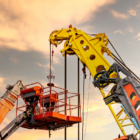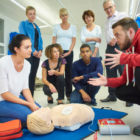What is the standard first aid and CPR training course in Toronto?
First aid and CPR training is an essential skill that everyone should learn. In Toronto, there are many options available for those looking to take a standard first aid and CPR training course. In this blog, we will explore what a standard first aid and CPR training course is, and where you can find training near you.
What is First Aid and CPR?
First aid is the initial care that is provided to an injured or ill person until more advanced medical care can be given. The purpose of first aid is to stabilize the person’s condition and prevent further harm. CPR, or cardiopulmonary resuscitation, is a life-saving technique used when a person’s breathing or heartbeat has stopped. CPR involves chest compression and rescue breaths to maintain blood flow and oxygen to vital organs.
What is included in the Standard First Aid and CPR Training Course in Toronto?
A standard first aid and CPR training course covers the skills and knowledge needed to provide basic first aid and CPR in emergency situations. This course is designed for people who want to learn how to provide immediate care in case of an injury or illness.
The course typically includes:
- CPR and AED (automated external defibrillator) training
- Basic first aid techniques for injuries such as bleeding, burns, and fractures
- How to recognize and provide care for sudden illnesses like heart attack or stroke?
- How to provide care for people with breathing difficulties, such as asthma or choking?
- How to recognize and provide care for heat and cold emergencies?
- The course also covers legal and ethical issues surrounding first aid, such as consent and Good Samaritan laws
What is included in the Standard First Aid and CPR Training Course in Toronto?
There are many benefits of taking a First Aid and CPR training course in Toronto. Here are some of the key benefits:
- Ability To Save Lives: The most significant benefit of First Aid and CPR training is that it equips you with the skills and knowledge to potentially save a life. By providing immediate care to an injured or ill person, you can stabilize their condition and prevent further harm until professional medical help arrives.
- Increased Confidence: Knowing how to handle a medical emergency can increase your confidence and reduce anxiety in high-pressure situations. This can be particularly important in workplaces where there is a higher risk of injuries, such as construction sites or factories.
- Meeting Legal Requirements: Many workplaces and organizations require their employees to have First Aid and CPR training as part of their job requirements. By taking a course, you can meet these legal requirements and avoid any penalties for non-compliance.
- Improved Safety: By taking a First Aid and CPR training course, you will learn how to identify potential hazards and prevent accidents. This can help create a safer work or home environment for yourself and those around you.
- Better Health Outcomes: Early intervention can greatly improve the chances of a person’s survival or recovery from an injury or illness. By knowing how to administer First Aid and CPR, you can potentially improve the health outcomes of those around you.
- Career Advancement: Many professions, such as healthcare workers, lifeguards, and firefighters, require First Aid and CPR training as part of their job requirements. By taking a course, you can improve your job prospects and potentially advance your career.
Who needs to get First Aid and CPR training courses in Toronto?
First Aid and CPR training courses in Toronto are beneficial for anyone who wants to learn how to provide immediate care in emergency situations. However, some professions and groups of people may require this training more than others. Here are some examples of who may need to get First Aid and CPR training in Toronto:
- Workplace Requirements: Many workplaces in Toronto require employees to have First Aid and CPR training as part of their job requirements. This can include industries such as construction, manufacturing, and healthcare. Workers in these fields are often at a higher risk of injuries or medical emergencies, and having trained employees can help reduce the risk of accidents and improve safety
- Parents and Caregivers: Parents and caregivers of young children, elderly individuals, or people with disabilities may benefit from First Aid and CPR training. Children and older adults are more susceptible to falls, choking, and other medical emergencies, and knowing how to respond can be critical in these situations.
- Coaches and Athletes: Coaches and athletes who participate in sports activities can benefit from First Aid and CPR training. Sports injuries such as fractures, sprains, and concussions are common, and knowing how to provide First Aid and CPR can help reduce the severity of the injury and improve recovery time.
- Outdoor Enthusiasts: People who enjoy outdoor activities such as hiking, camping, or fishing may benefit from First Aid and CPR training. Outdoor activities can put individuals at risk of injuries, such as cuts, burns, and insect bites, and being able to provide immediate care can help prevent further harm.
- Volunteers: Volunteers who work with community organizations or charities may also benefit from First Aid and CPR training. Volunteers often work with vulnerable populations, such as homeless individuals or those with mental health issues, and knowing how to provide First Aid and CPR can help in emergency situations. Anyone can benefit from First Aid and CPR training in Toronto, but some groups may require it more than others.
Where to Find First Aid and CPR Training Near Me?
In Toronto, there are many options available for those looking to take a standard first aid and CPR training course. You can find a training course near you by searching online for “first aid and CPR training near me.” You can also ask your employer, community centre, or local hospital for recommendations. Forklift Training Toronto is the leading training provider who provides training for all kinds of forklifts and First aid and CPR training courses.
First Aid and CPR Training Online
If you are unable to attend an in-person training course, there are also options available for first aid and CPR training online. Forklift Training Toronto offers training programs both in-class and online. The online courses cover the same material as the in-person courses and include interactive modules, quizzes, and videos to help you learn. Once you complete the online course, you will need to attend an in-person skills assessment to demonstrate your knowledge and skills.
Conclusion
Learning first aid and CPR is an important skill that can save lives. In Toronto, if you are looking to take a standard first aid and CPR training course, contact Forklift Training Toronto. Whether you prefer in-person training or online courses, there is a training option that will suit your needs. So, take the first step in learning this important skill and enroll in a course today!

